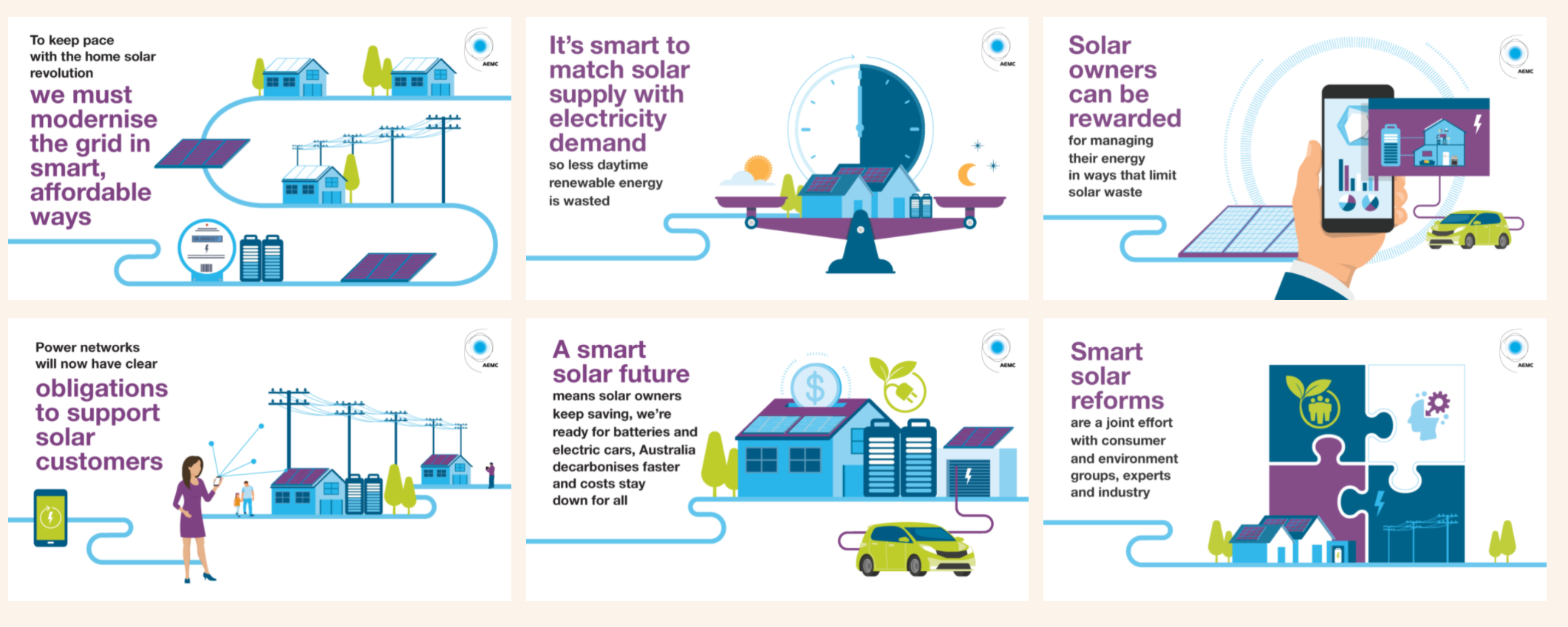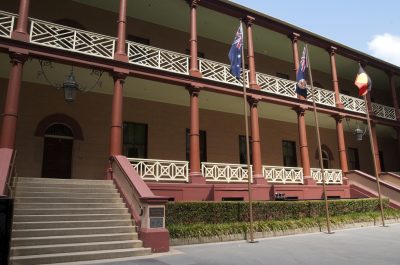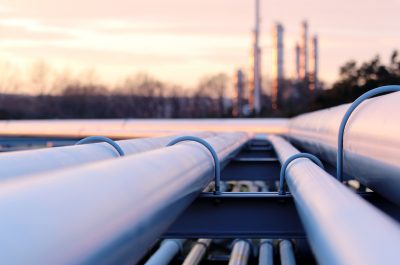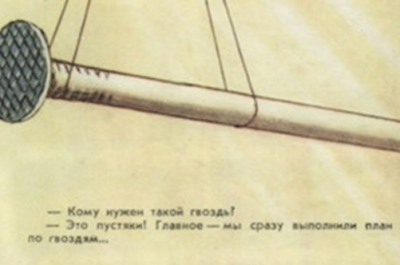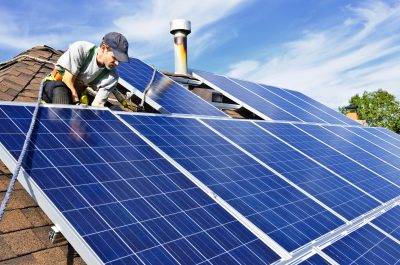Here comes the sun (and I say it’s all right)
The Australian Energy Market Commission (AEMC) last week released a milestone decision that will enable more customers to embrace and benefit from distributed energy technologies such as rooftop solar, batteries and electric vehicles.
The energy transformation
Traditionally, distribution networks supplied energy in a ‘one way’ flow to end-use customers (consumption services). However, distribution networks are increasingly being used to export customers’ surplus energy – household generation net of household consumption – upstream to other customers or the market (export services).
Before the AEMC’s decision, the regulatory framework did not explicitly recognise the provision of export services by a distribution network service provider (DNSP). While DNSPs are increasingly pursuing a range of actions, including investments to improve DER hosting capacity, there were no incentives for distributors to enable an efficient level of export, nor any guidance on the service performance levels that they should achieve for DER customers.
Rule change requests
Born out of ARENA’s Distributed Energy Integration Program (DEIP), the AEMC received three rule change requests in July 2020 from the Total Environment Centre and Australian Council of Social Services, SA Power Networks, and St. Vincent de Paul Society.
The rule change requests aimed to better facilitate the efficient integration of distributed energy resources (DER) for the grid of the future. It has been an extensive process and had its share of headlines, but the end result demonstrates the power of collaboration and what can be achieved when a broad range of stakeholders work together to develop an overall solution for the future.
The AEMC’s final rule
The AEMC is bound by law to make decisions in the long-term interests of consumers and the national electricity system.
The AEMC’s final rule clarifies that distribution services are two-way, and rightfully places obligations on DNSPs to provide export services that customers value.
Strong customer protection and transparency measures are a key feature of the final rule design. The AEMC’s final package of rules includes:
- mandating that DNSPs provide a basic export level to all exporting customers for a 10-year period, allowing a retail customer to export to the grid without charge up to a ‘basic level’,
- requiring DNSPs to develop an export tariff transition strategy, providing customers with a long term plan to phase in any proposed export pricing over time,
- introducing a ban on mandatory assignment to export pricing options until 1 July 2025 for existing customers,
- increasing network tariff trial thresholds to support innovation, and
- introducing annual export service performance reporting.
The final rule enables, but does not mandate, flexible two-way pricing as an option for further consideration, consultation, and design in future regulatory reset processes. This will allow for the optional development of pricing that rewards owners of DER for sending power to the grid when it is needed and charging them for sending power when it is not.
Figure 1: Designing a smarter energy system[i]
Next steps
The AEMC’s package of reforms will be rolled out over time, and in strong consultation with stakeholders.
The Australian Energy Regulator (AER) will soon start a consultation process on developing the Export Tariff Guideline, which will provide information and guidance about the process for development and approval of export tariffs.
Networks are adapting to make the electricity grid smarter so it can support increasing amounts of rooftop solar, storage and other high-tech devices, giving customers greater choice about how to manage their energy use. Future proofing the regulatory framework now will avoid the need for unnecessary expensive solutions in the future.
ENA looks forward to continued strong engagement with stakeholders, customers and the AER as these significant reforms are implemented.
[i] Source: Australian Energy Market Commission – New Energy Guide
